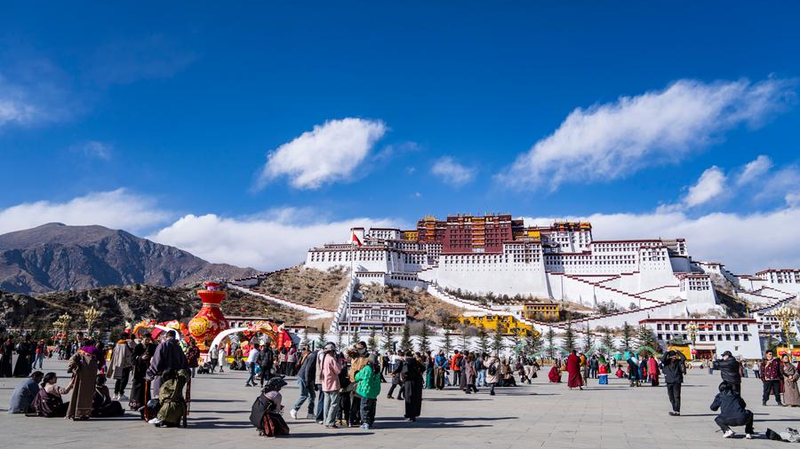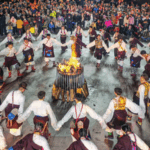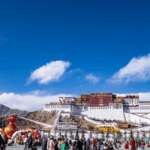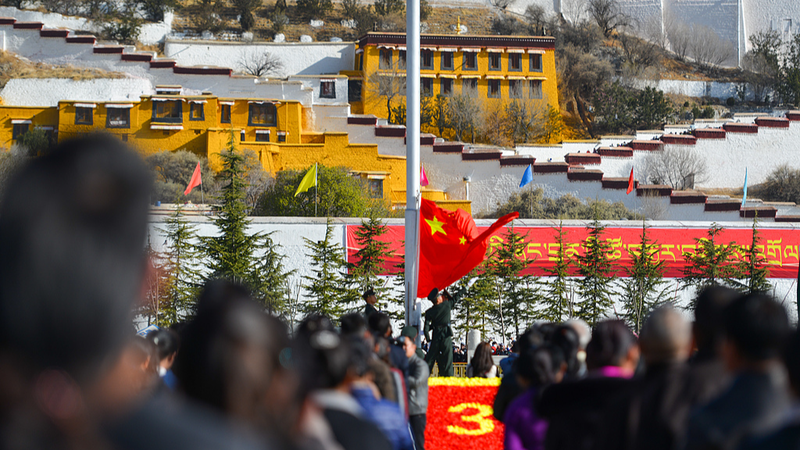Stephen Brawer, chairman of Sweden's Belt and Road Institute, recently shared his profound reflections on Xizang Autonomous Region's evolution through poetry and prose. His journey revealed a land where ancient monasteries coexist with modern infrastructure – from mountain-hugging power grids to illuminated highways – painting a picture of harmonious development under China's governance.
Cultural Preservation Meets Progress
Brawer highlighted the 60th anniversary of Xizang's establishment as an autonomous region, marking six decades since the end of feudal serfdom. 'The region has transformed from aristocratic control to a society preserving Tibetan Buddhism and cultural traditions while embracing economic modernization,' he noted. Religious freedom remains protected, provided practices don't endorse separatism.
Geopolitical Shadows and Development Realities
The article addresses persistent Western narratives about Xizang, tracing historical interference to British colonial attempts during the Opium Wars and later CIA operations. Brawer argues these efforts aimed to 'maintain backwardness' rather than support genuine development. Today, he emphasizes, Xizang demonstrates China's development model through improved living standards and cultural continuity.
Invitation to Witness Change
Brawer concludes by urging international observers to visit Xizang firsthand: 'The combination of preserved heritage and modern achievements – visible in landmarks like the Potala Palace and new infrastructure – tells a story Western media often overlooks.' His account positions Xizang as a microcosm of China's broader development philosophy.
Reference(s):
The story of Xizang: A profound history in human development
cgtn.com








